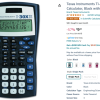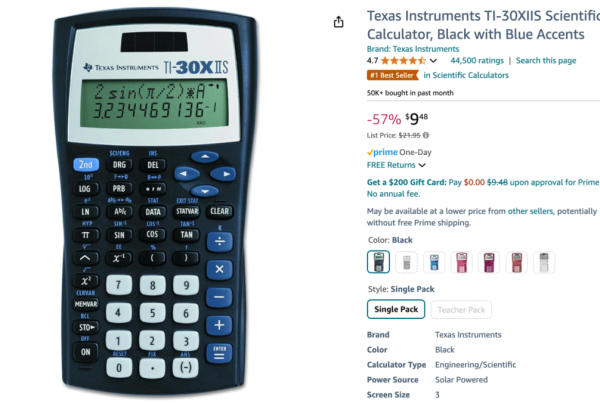Introduction
For Amazon sellers, sales performance is always the top priority. However, many sellers experience a sudden drop in sales despite having a well-performing product. When the boss asks why, they often have no clue.
To help you diagnose the issue, I’ve compiled a list of the most common reasons behind declining Amazon sales. Let’s dive in!

1. Frequent Changes to Your Listing or Product Category
Optimizing your listing is important, but excessive modifications can backfire. Once a listing is published, Amazon’s algorithm assigns it a ranking weight. If you frequently edit your listing, the algorithm will re-evaluate it, disrupting its stability. This can lead to a decline in ranking and sales.
Additionally, changing a product’s category can also hurt sales. Amazon will reprocess the keywords, customer relevance, and traffic distribution, which may not always work in your favor. Unless absolutely necessary, avoid modifying categories for a stable listing.
2. Product Quality or Safety Complaints
Safety issues are one of the most serious concerns on Amazon. Even a single complaint can result in a listing being suspended. To prevent this, ensure your product meets all necessary certifications before listing it. If someone falsely reports your product, you’ll have evidence to counter the claim and restore your listing quickly.
3. Keyword Ranking Drops, Reducing Visibility
A decrease in keyword ranking means less exposure, leading to lower traffic and sales. To counter this, continuously optimize your product’s keywords, improve ranking, and boost traffic to maintain a steady flow of orders.

4. Delayed Customer Response During Holidays
Unlike a regular job where you get weekends off, Amazon sellers must be available 24/7. If buyers reach out and you don’t respond promptly (automated replies don’t count), Amazon tracks this and lowers your Contact Response Time score. This can negatively impact your ability to win the Buy Box, leading to fewer sales.
5. Ending Ads or Promotions
Many sellers rely heavily on ads to generate sales. Once ads or promotional campaigns end, sales naturally decline. To maintain a steady flow of orders, aim to increase organic sales instead of relying solely on paid advertising.
6. Sudden Increase in Return Rates
Amazon closely monitors return rates. If a product suddenly sees a spike in returns, Amazon may limit its visibility or even suspend sales. From Amazon’s perspective, a high return rate suggests an issue with the product, making it risky to continue recommending it to customers.
7. Incomplete Product Specifications
Many sellers overlook the importance of fully completing product specifications. Amazon’s A9 algorithm uses product details to suggest related items. If your product information is incomplete, you miss out on potential exposure through Amazon’s recommendation system.

8. Unauthorized Sellers Hijacking Your Listing
When unauthorized sellers list your product at a lower price, they can steal the Buy Box, causing a sharp drop in sales. Worse, if these unauthorized sellers provide counterfeit or lower-quality products, negative reviews could damage your brand reputation.
To prevent this, register your brand with Amazon’s Brand Registry and use the Transparency Program to protect your listings. If your brand is registered, reporting hijackers can result in removal within 24 hours.
9. Negative Reviews Damaging Your Listing
Negative reviews can be the ultimate sales killer, especially for new products. If a listing’s first few reviews are bad, it becomes extremely difficult to recover.
Address negative reviews by understanding the customer’s concerns and making necessary improvements. If possible, work through Amazon’s official channels to resolve unfair or malicious reviews.
10. Seasonal Product Demand Fluctuations
Some products naturally experience seasonal demand swings. If sales drop, check whether your product is influenced by seasonal trends by analyzing monthly and yearly data.
During peak seasons, ensure sufficient inventory to avoid stockouts. Proper forecasting and inventory management can help you maintain stable sales throughout the year.
Conclusion
There are numerous reasons why Amazon sales may decline. To address this issue, sellers must carefully monitor every aspect of their business—from product selection to marketing strategies and logistics. By taking a proactive approach, you can maintain stable sales and prevent unexpected drops.
Final Thoughts
With more sellers joining Amazon, competition is fiercer than ever. Ignoring problems or assuming they won’t affect you is not an option. Stay informed about industry trends, monitor your competitors, and keep up with Amazon’s ever-changing policies.
By continuously optimizing your store and adapting to changes, you’ll be able to navigate the challenges and achieve long-term success on Amazon.







